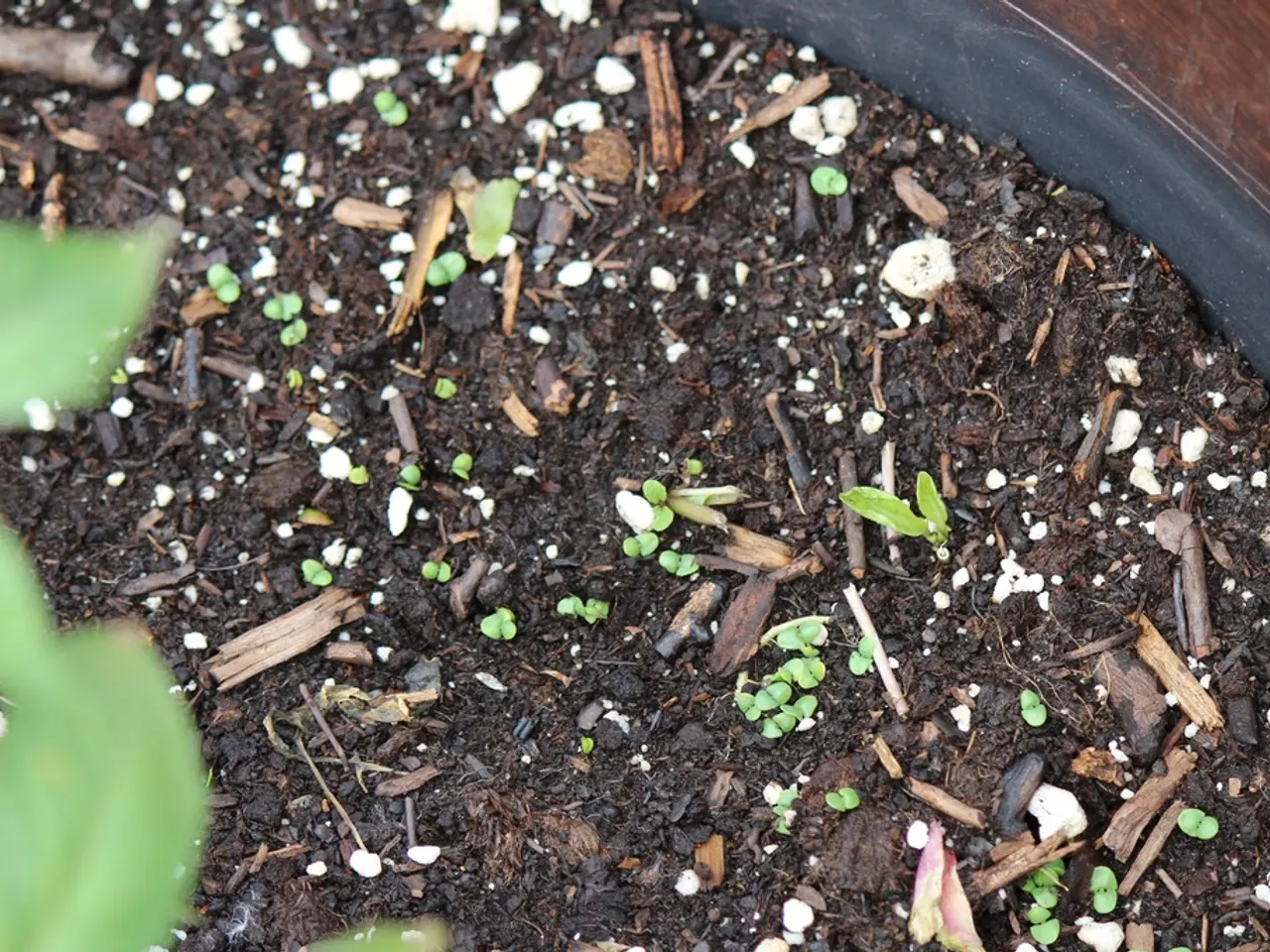Undiscovered Risk Beneath the Forest Soil: Microplastics Storage Unveiled by TU Scientists.
In a groundbreaking study, researchers from TU Darmstadt have discovered microplastics in forest soils, providing the first evidence of microplastic pollution in forests and the direct link between atmospheric inputs and microplastic storage in forest soil.
The study, led by Collin J. Weber, Moritz Bigalke, and an unnamed collaborator, took samples at four forest sites east of Darmstadt. The highest concentrations of microplastics were found in the upper, slightly decomposed leaf layers, while large amounts were stored in deeper soil layers due to leaf decomposition and other transport processes.
TU Darmstadt, renowned for its excellent and relevant research, significantly contributes to global transformations, including the energy transition, Industry 4.0, and artificial intelligence. The university is one of the leading technical universities in Germany and partners with Goethe University Frankfurt and Johannes Gutenberg University Mainz to develop the Frankfurt-Rhein-Main metropolitan region as a globally attractive scientific hub.
The study's findings are particularly significant as forests are good indicators of atmospheric microplastic pollution. High concentrations of microplastics in forest soils indicate high diffuse inputs of particles from the air into these ecosystems. Microplastics settle on tree leaves due to the 'washout effect' and are transported to the forest floor by rain or autumn leaf fall.
The research at TU Darmstadt is organized into three fields: Energy and Environment (E+E), Information and Intelligence (I+I), and Matter and Materials (M+M). A newly developed and adapted analytical method was used to measure and chemically determine the microplastic content in soil samples, fallen leaves, and atmospheric deposition.
This study is a testament to TU Darmstadt's problem-centered interdisciplinary approach, which drives progress towards sustainable development worldwide. For more information, please visit www.tu-darmstadt.de.
The TU Darmstadt Science Communication Centre, located at Residenzschloss 1 (S3|12), 64283 Darmstadt, can be contacted at [email protected] for further details about the study and the university's research activities.
It is important to note that the majority of microplastics in forests enter from the air and accumulate in forest soils. This research underscores the need for continued efforts to understand and mitigate microplastic pollution, particularly in ecosystems that were previously thought to be relatively free of such contamination.
Read also:
- Peptide YY (PYY): Exploring its Role in Appetite Suppression, Intestinal Health, and Cognitive Links
- Toddler Health: Rotavirus Signs, Origins, and Potential Complications
- Digestive issues and heart discomfort: Root causes and associated health conditions
- House Infernos: Deadly Hazards Surpassing the Flames




